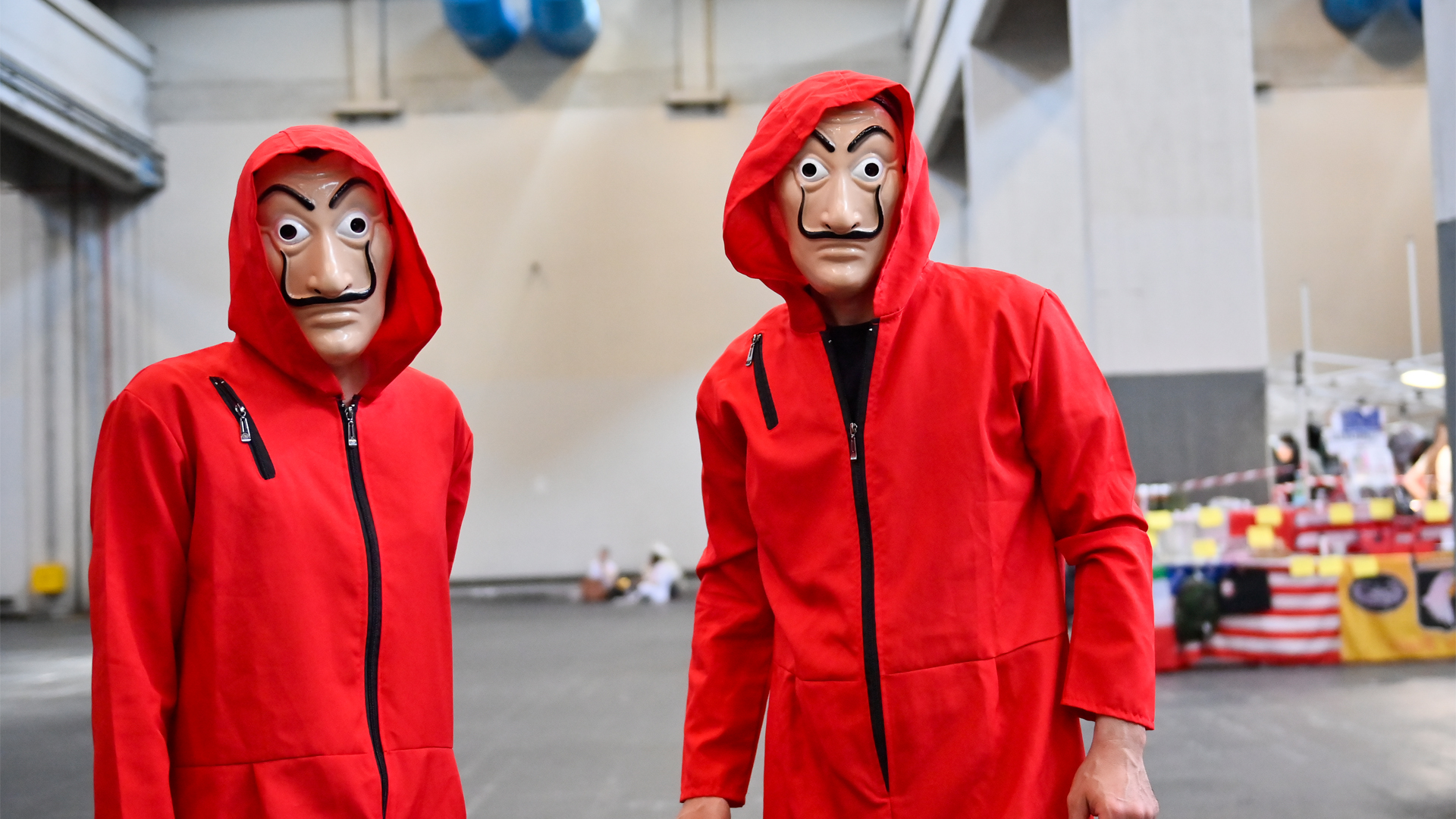The Italian folk song "Bella Ciao," first sung by rice paddy workers more than a century ago, has grown into a symbol of hope and freedom across the globe. When Russia invaded Ukraine, two soldiers sang a Ukrainian version of "Bella Ciao" as they loaded bullets into a magazine. Uploaded to TikTok and YouTube, the pair came to symbolize the Ukrainian resistance. Two thousand miles away in Iran, sisters Samin and Behin Bolouri recorded a Farsi translation of the song following the murder of Masha Amini by religious police. Amini was detained for dress code violations and three days later died from her injuries setting off an ongoing cultural revolution. The Bolouri sisters' rendition of Bella Ciao has been uploaded and recirculated thousands of times.
Bella Ciao was born in the 19th century in northern Italy's fields of rice. Rice was a staple crop, and why Milan is known for risotto rather than pasta. However, rice farming is labor intensive. Each spring between April and June, the fields are flooded as part of the cultivation. The young rice shoots require weeding and transplanting to ensure their survival.
The cultivation of rice fell to the mondina, women from the poorest classes who worked for low wages in grueling conditions. The padroni, the land-owning bosses, would often beat them with canes. The insects, especially mosquitos, were overwhelming. And because the rice paddies were flooded, they usually worked barefoot and in their undergarments to keep the water and mud from ruining what few articles of clothing they owned.
As the exploitative labor conditions worsened, the mondina started disrupting rice production with work stoppages and even riots. The rallying cry among the working class was the song "Alla mattina appena alzata," translated as "early in the morning, barely woken up." The lyrics reflected the hardships of the Mondina–insects, brambles, the padroni's cane.
By 1906, the first version of the song was codified in print around the town of Vercelli in the Piedmont region of Italy. But the symbol of the labor movement would take on new meaning in the 1920s as the fascist party and Benito Mussolini came to power.
When Mussolini implemented a draft, resistance grew to his authority. The original lyrics evolved and the song became known as Bella Ciao, "goodbye beautiful." Instead of featuring rice paddy workers, the new lyrics spoke of a young man saying goodbye to his beautiful girlfriend in order to join the partisans.
At the start of the Second World War, Italy was on the side of Germany. Then in 1943, Mussolini and the fascist government fell. Italy quickly withdrew from the Axis powers, and joined the allies – and Bella Ciao became an anti-nazi song.
In post-war Europe, Bella Ciao entered into popular culture. The first cover came out in 1964 by Yves Montand, an Italian-French actor, and singer, and since then more than two dozen covers have been recorded including versions by The Savage Rose, Tom Waits, and Steve Aoki. Through the 1990s, versions of the song were commonly mixed and remixed into European club music.
Even as Bella Ciao became a mainstream phenomenon, it remained highly political. In 1968, students occupied universities across Italy with Bella Ciao the anthem of the movement. And Spanish playwright Fernando Arrabal drew inspiration from the song for his 1976 play La Guerre de Mille ans (Bella Ciao), an absurdist satire where actors represented The Press, Sports, Television, Art, and Culture. The play was Arrabal’s interpretation of political problems and the solutions posed by his friends.
Bella Ciao is constantly adapting and translated into local languages. Following the Greek financial crisis, the conservative government planned big cuts to social programs and pensions. The Greek people took to the streets in 2010 and soon after a Greek translation of Bella Ciao could be heard. In 2013, Turkish protesters in Gezi Park sang a version of the song against Erdogan's government.
Today, the song owes some of its current popularity to the hit Spanish television series La casa de Papel. The show follows a planned robbery of the bank of Spain, and the protagonists have Robin Hood-esque plans for the money. One member of the group begins singing Bella Ciao and becomes the theme song. When Netflix acquired the show, they recut it into shorter episodes and released it globally in 2017 where it became the most-watched non-English series of all time.
Since then, Bella Ciao's popularity with progressive causes has exploded. In 2019, when Catalonians took to the streets as part of their independence movement against Spain, supporters sang Bella Ciao. Israelis sang "Bibi Ciao" when the conservative Prime Minister Benjamin Netanyahu was forced to step down. In Iraq, people sang "Blaya Chara," and the theater group After The Darkness put together a music video featuring the song to support protests in Mosul. Germans even sang Bella Ciao from their rooftops and balconies in the spring of 2020 in a show of support for Italians suffering an unprecedented level of death from COVID.
And back in Italy, following the rise of right-wing politics under Matteo Salvini, a grassroots political movement known as the Sardines came out against him. The Sardines organized flash mobs in piazzas across the country, and in many of them, the crowds sang Bella Ciao, as happened in Turin in December 2019.
However, not everyone in Italy is pleased with the song. When soccer player Elseid Hysaj joined the Lazio club, he celebrated with his new teammates by standing on a cafe chair and singing the song. The clip, posted by online by his teammates, drew the ire of fans. Lazio has a notoriously fascist supporter base. Soon after, team supporters unfurled a banner calling Hysaj a worm, and declared Lazio a fascist team.
Ian MacAllen
Ian MacAllen is the author of Red Sauce: How Italian Food Became American. He is a writer, editor, and graphic designer living in Brooklyn. Connect with him at IanMacAllen.com or on Twitter @IanMacAllen.

